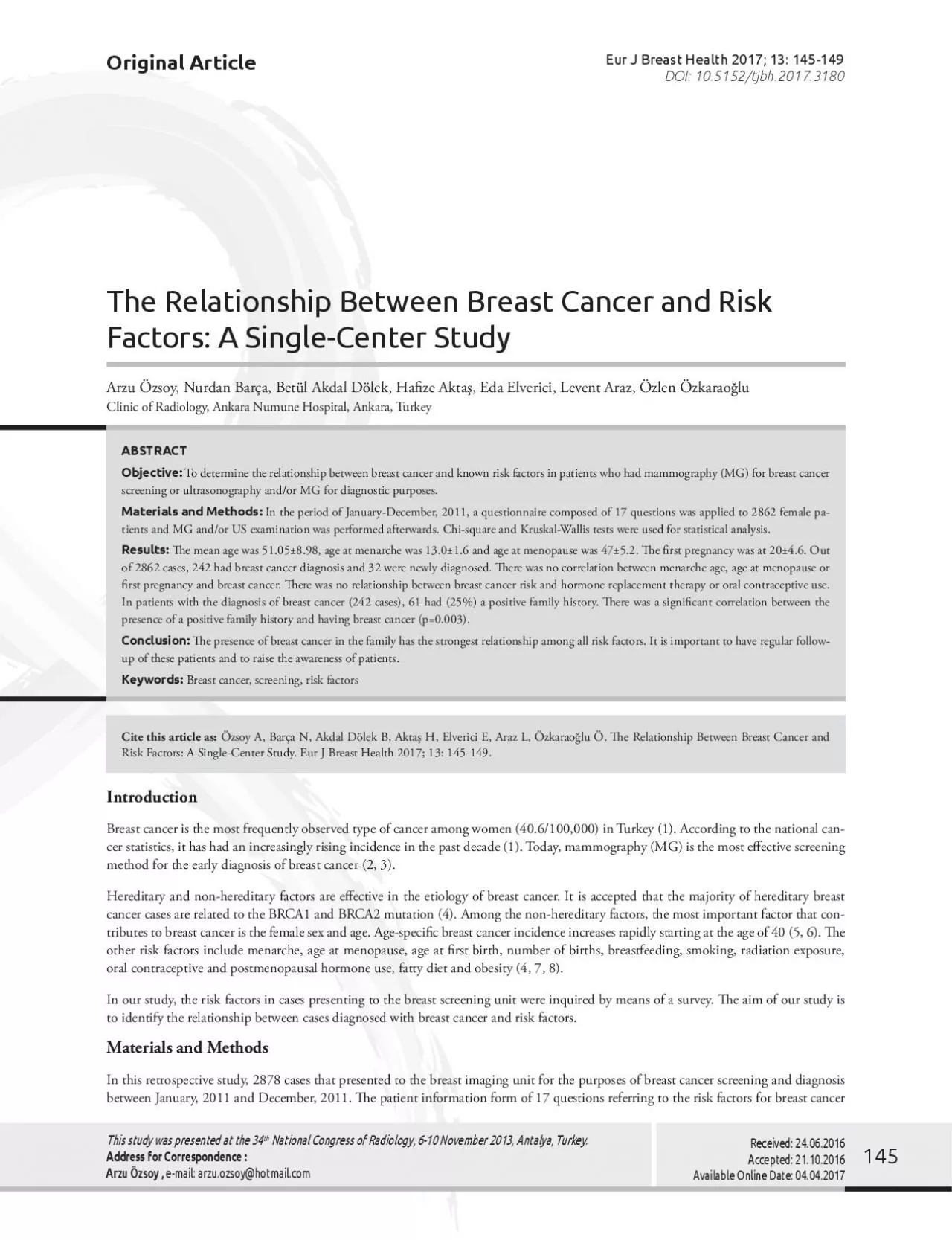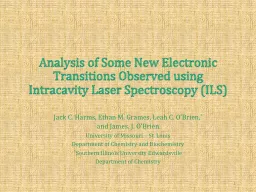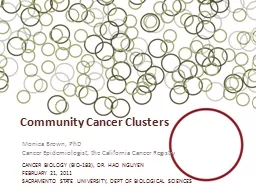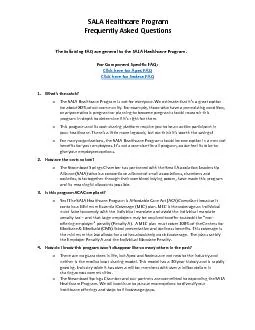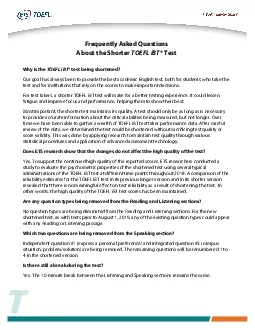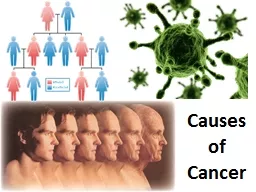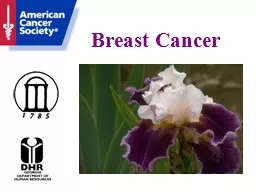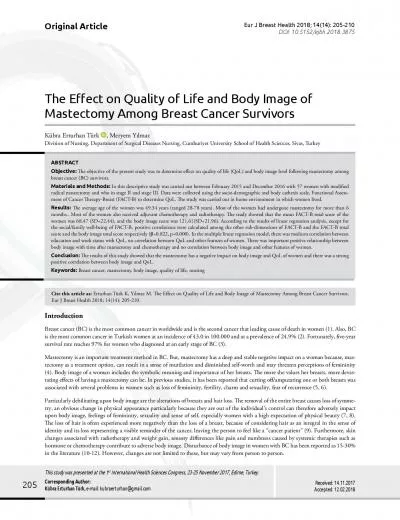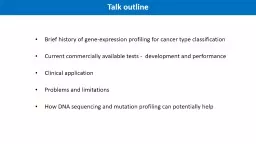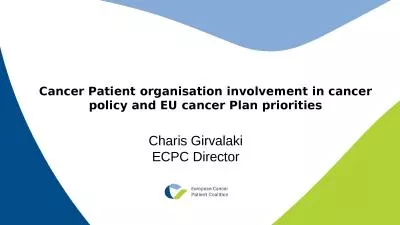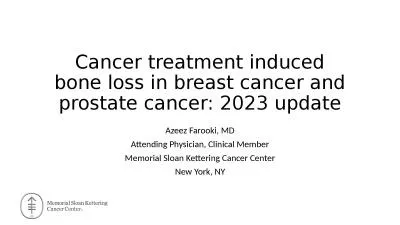PDF-IntroductionBreast cancer is the most frequently observed type of canc
Author : ella | Published Date : 2022-08-19
Eur J Breast Health 2017 13 145149 ABSTRACTObjective Cite this article as Özsoy A Barça N Akdal Dölek B Akta21 H Elverici E Araz L Özkarao25lu Ö 31e Relationship
Presentation Embed Code
Download Presentation
Download Presentation The PPT/PDF document "IntroductionBreast cancer is the most fr..." is the property of its rightful owner. Permission is granted to download and print the materials on this website for personal, non-commercial use only, and to display it on your personal computer provided you do not modify the materials and that you retain all copyright notices contained in the materials. By downloading content from our website, you accept the terms of this agreement.
IntroductionBreast cancer is the most frequently observed type of canc: Transcript
Download Rules Of Document
"IntroductionBreast cancer is the most frequently observed type of canc"The content belongs to its owner. You may download and print it for personal use, without modification, and keep all copyright notices. By downloading, you agree to these terms.
Related Documents

